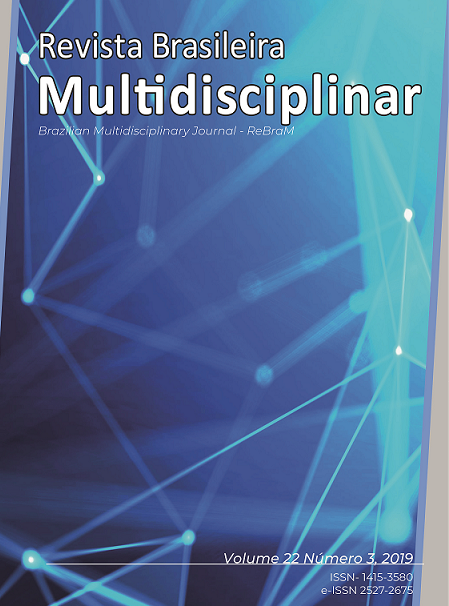Avaliação morfológica de genótipos de pimentas bode desenvolvidos no IF Goiano - Campus Ceres
Main Article Content
Abstract
As pimentas do gênero Capsicum são originárias das Américas, de onde posteriormente foram disseminadas ao redor do mundo, sendo um produto de grande valor de mercado. Com esse cenário vem sendo desenvolvidas diversas técnicas de melhoramento genético, onde se procura produzir cultivares que melhor atendam determinadas finalidades e que se adaptem melhor as características edafoclimáticas de determinada região. O presente trabalho objetivou estudar as características morfológicas de oito genótipos de pimentas Bode nas características edafoclimáticas da macrorregião de Ceres-GO. Dos oito tratamentos de pimentas, três são cultivares já disponíveis no mercado: Isla pimenta Arari bode amarela, Isla pimenta Tupã bode vermelha e Feltrin pimenta bode Salar amarela; cinco são linhagens de pimentas do tipo bode desenvolvidas através do método SSD pelo Instituto Federal Goiano – Campus Ceres: IFET 1634, IFET 1636, IFET 1638, IFET 1642 e IFET 1644. As variáveis analisadas foram: tamanho da planta, diâmetro da copa, período de floração, comprimento do fruto, diâmetro do fruto, comprimento do pericarpo, massa de frutos, número de frutos por planta, número de sementes por fruto, teste de condutividade elétrica de sementes e teor de água. A linhagem IFET 1638 e a cultivar Vermelha Isla apresentaram melhores resultados para altura de planta e diâmetro de copa, diâmetro de frutos e número de sementes por fruto, enquanto que, as linhagens IFET 1634 e IFET 1642 foram mais precoces na floração. As linhagens de pimentas bode IFET 1638 e IFET 1644 são mais promissoras. Em relação à qualidade de sementes todos os genótipos apresentaram resultados semelhantes.
Palavras chave:
Downloads
Article Details
• The author (s) warrant that the contribution is original and unpublished and that it is not in the process of being evaluated in other journal (s);
• The journal is not responsible for the opinions, ideas and concepts issued in the texts, as they are the sole responsibility of the author (s);
• Publishers have the right to make textual adjustments and to adapt the article to the rules of publication.
Authors retain the copyright and grant the journal the right of first publication, with the work simultaneously licensed under the Creative Commons Attribution License, which allows the sharing of work with acknowledgment of authorship and initial publication in this journal.
Authors are authorized to take additional contracts separately, for non-exclusive distribution of the version of the work published in this journal (eg publish in institutional repository or as book chapter), with acknowledgment of authorship and initial publication in this journal.
Authors are allowed and encouraged to publish and distribute their work online (eg in institutional repositories or on their personal page) at any point before or during the editorial process, as this can generate productive changes as well as increase the impact and citation of the published work (See The Effect of Free Access) at http://opcit.eprints.org/oacitation-biblio.html





